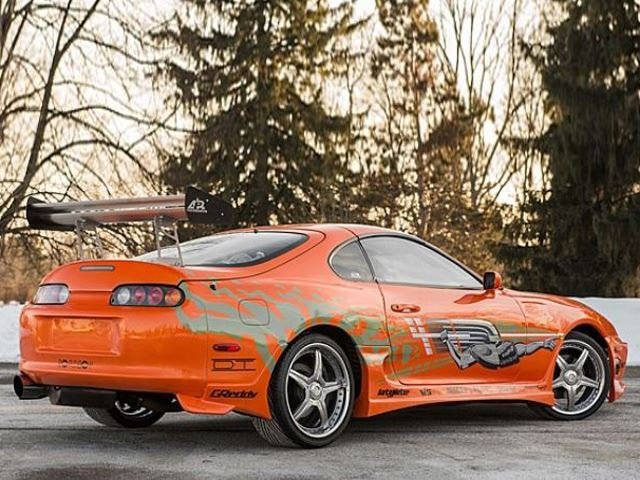These Are The Top 5 Cars For The Tuning Fanatic’s Dream Garage

Tuning a car is for gearheads with pride in their commitment and craftsmanship. Born out of a love for horsepower but limited funds to exploit it, these people scrape couch change and toil in garages for hours to tweak tuning legends and Acura Legends alike. To pay tribute to these wrenchers we're taking a look at what a die-hard tuner’s dream garage would look like.


The Subaru Impreza made its name in the rally world with some incredibly capable and fast all-wheel-drive cars that stomped on the competition. Wanting to emulate the snap crackle and pop of these epic and thrilling race cars, many Subaru owners retrofitted their engines with upgraded turbochargers, exhausts, ECU kits, and a whole host of carbon fiber and visual add-ons. Wanting to make a buck on this tuning craze, Subaru now offers its own WRX STI as a pre-tuned package from the factory. But tuners have had the last laugh by taking these Subies a step further by exchanging the go-fast parts for bigger and badder tuning kits. With all-wheel-drive launches, these cars eat Lamborghinis for breakfast.


While the Honda S2000 made a great tuner, it also looked like the car that cougars bought to lure in Chads from the local college campus. That’s why Honda’s other tuner offering, the Acura Integra, seemed more appealing to custom car fans. A front-wheel-drive setup, a 2,500-pound curb weight and sleek two-door design meant that extra power and a body kit turned the car from a monotonous everyday grocery-grabber into a seriously fast car that looked like a rocket. Large wings and huge exhausts usually adorned these cars while the engine fairies contributed turbochargers, lightened flywheels, exhaust kits, and the occasional conversion to rear-wheel drive.


Not only did the Volkswagen GTI start the entire hot hatch segment, but it remains one of the best modifiable cars on the market. The first Volkswagen R32 had four-wheel drive and a 3.2-liter six-cylinder engine. On top of that, the car had a talent for killing understeer by sending power to the rear when the front tires lost their battle with friction, ensuring that the Volkswagen hugged corners tightly. ECU tuning kits allowed those on a limited budget to get more power while turbo kits gave luckier tuners the ability to squeeze huge power out of the engine. Meanwhile, the innately cool shape of the car meant that styling options were limited to the imagination and fiberglass supplies.


The Toyota Supra was born to be a fast car. With a front engine powering the rear wheels of the fastback coupe, the Supra could take on most other sports cars and win. It didn't even need much help; the stock 3.0-liter twin-turbo inline-six was able to do 0-60 mph in 4.6 seconds and hit 175 mph when de-restricted. But of course, why not go faster if you can? Some tuners are able to squeeze 1,000-plus horsepower out of the engine, but more level-headed humans can make do with 500 horses. Aftermarket suspension and aerodynamic upgrades helped to keep the car stable once the performance numbers soared, and great styling from the get go made it hard for questionable body kits to make the car look ugly.


The worst news about one of the most notorious tuning legends is that most versions of it are illegal in the United States. Of course this is a reference to the Nissan Skyline. While earlier versions of R32 are beginning to clear the 25-year age limit on imports, the all-time favorite, the R34, will remain illegal until 2024 or until the federal government decides to stop being a fun Nazi. With base editions getting 280 horsepower, which could go to the rear wheels or all four tires, the competent chassis and electronic safety net that the car had made it one of the most formidable two-doors on the market. No tuning is necessary here, but ask yourself this: What would Paul Walker do?






Nouvelles connexes


